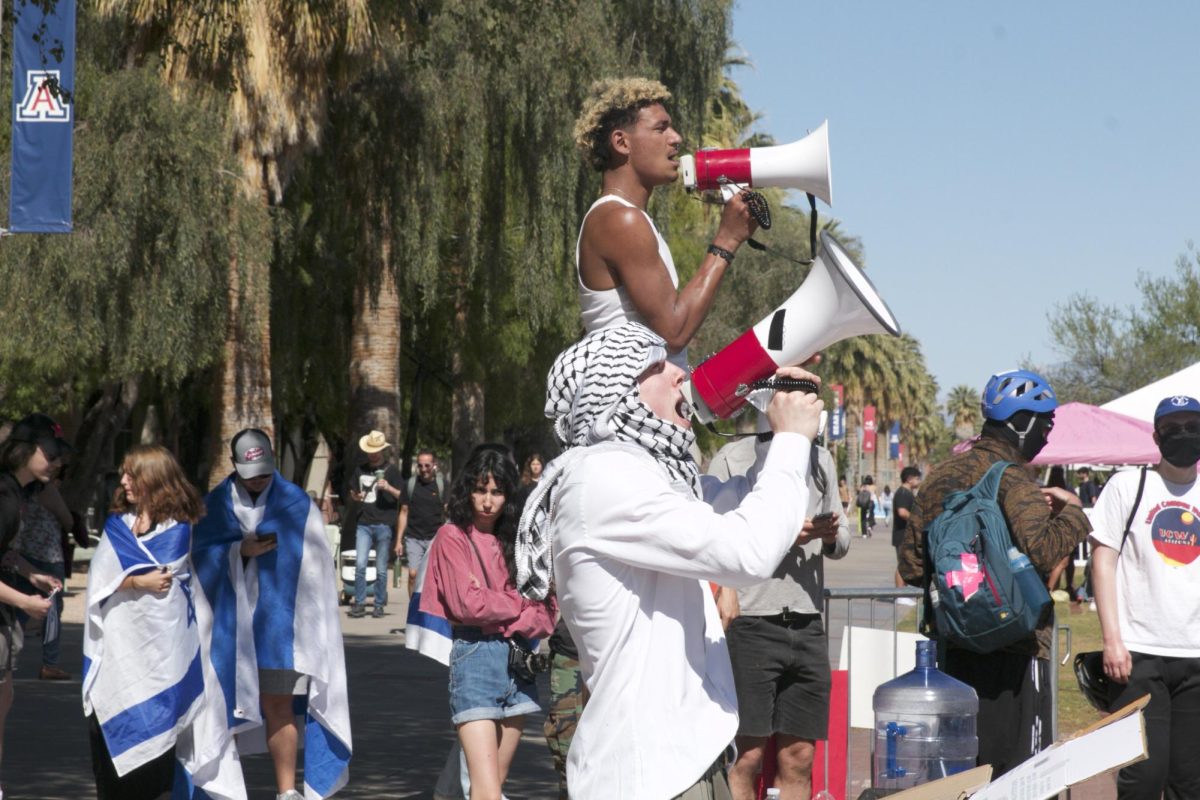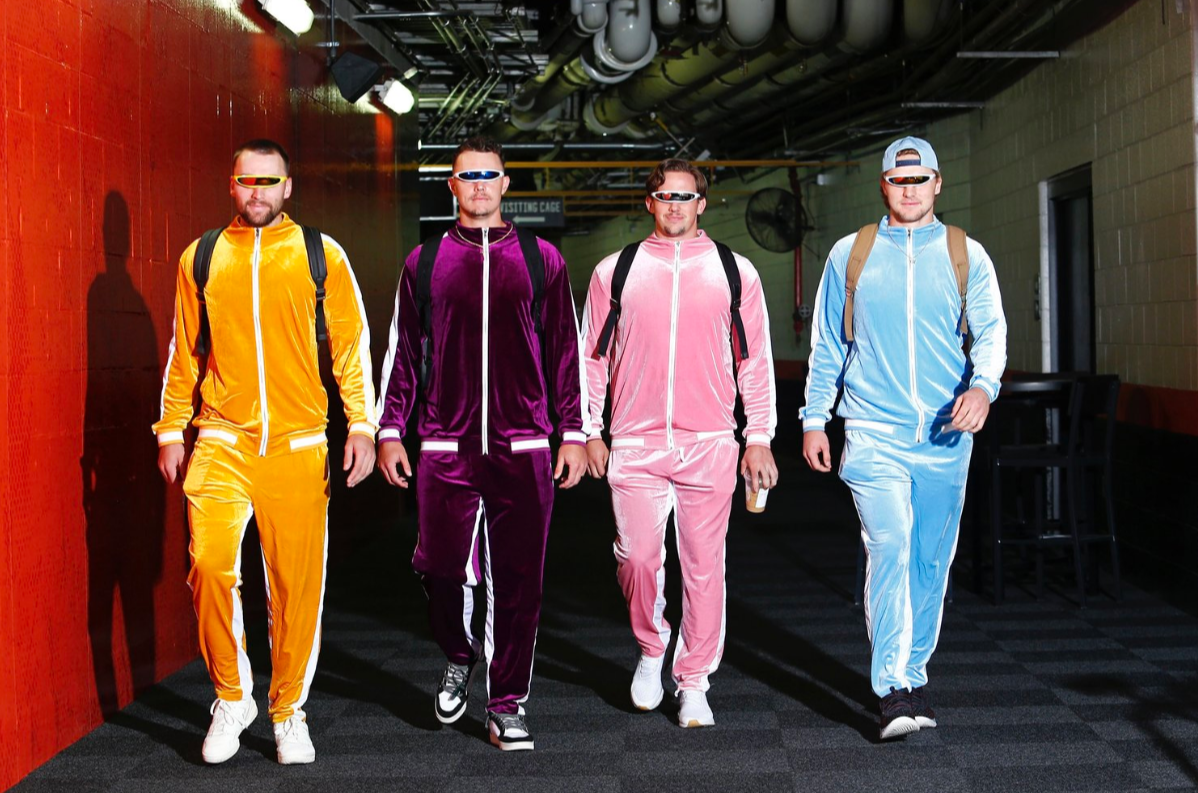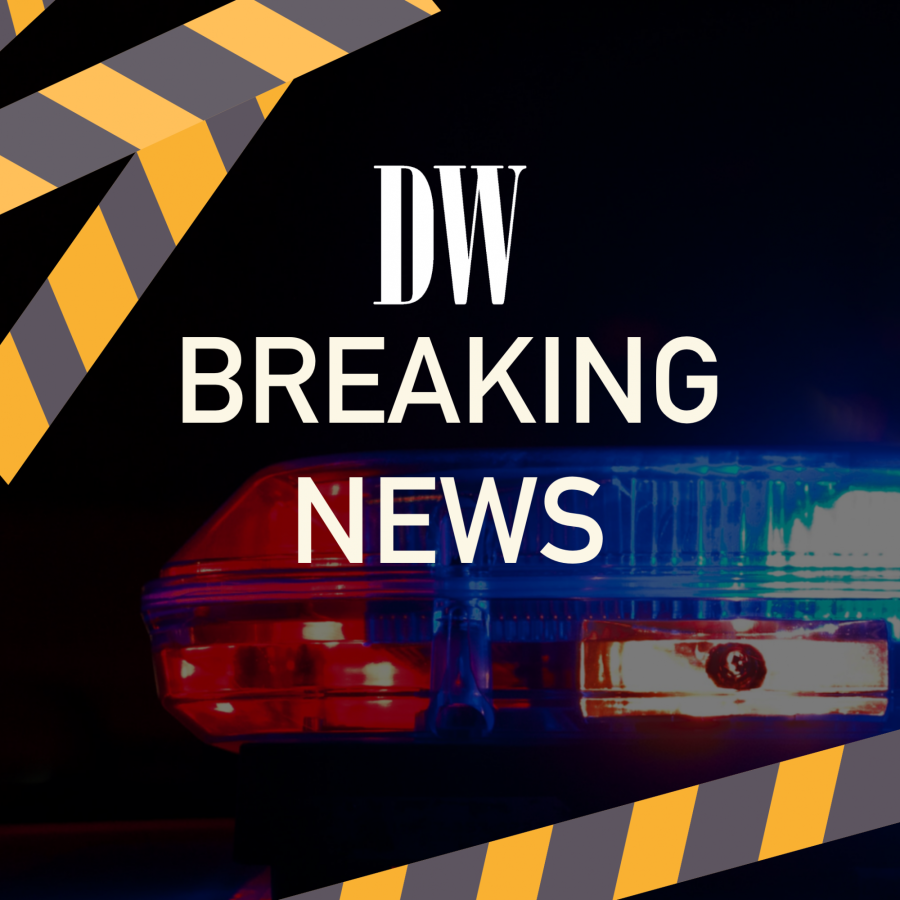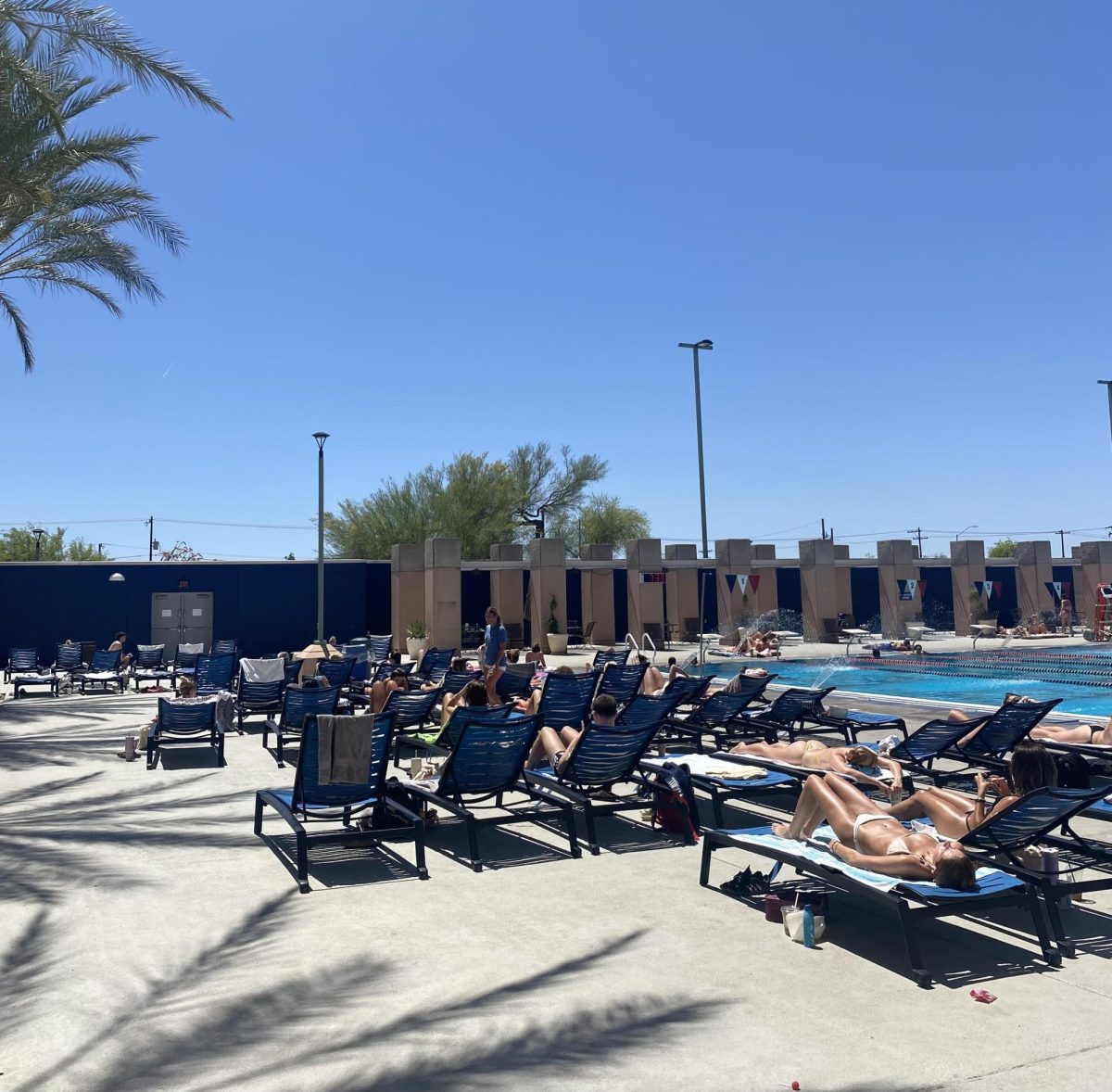Following an evening and morning of unrest and violent police confrontation with students and demonstrators at the University of Arizona, UA President Dr. Robert C. Robbins sent an email to the campus community justifying the actions taken by law enforcement officials April 30-May 1 and announcing the increased enforcement of different campus policies.
Robbins said, moving forward, until at least May 15, the university will implement the following actions:
- “We will strictly enforce our campus use policies, including a prohibition on all non-permitted shade coverings, including canopies and tents.
- No events or large gatherings will be allowed on campus without a permit authorized in advance. I have directed Vice President and Chief Safety Officer Steve Patterson to review all permit requests.
- UAPD will take a zero-tolerance approach, acting swiftly and decisively to enforce our campus use policy, which can include issuing no warnings before taking action.”
Robbins gave an account of events that transpired the evening of April 30 and the morning of May 1, events that ultimately culminated in law enforcement deploying tear gas and rubber bullets on a group of pro-Palestinian protesters, a group which was composed primarily of UA students.
“Yesterday afternoon, at approximately 3 p.m., protestors gathered in the Olive Grove area of campus adjacent to the Main Gate off Park Avenue and shortly thereafter began to erect unauthorized structures in violation of campus use policies. They stole safety fencing from a University worksite, endangering others,” Robbins’ statement read. “The crowd increased in number throughout the evening, and, at the request of the University of Arizona Police Department (UAPD), support was provided by the Tucson Police Department, Pima County Sheriff’s Department, and the Arizona Department of Public Safety.”
Robbins went on to say that, despite repeated warnings from different officials that arrests would take place if the encampment had not deconstructed and dispersed by 10:30 p.m., demonstrators held their ground.
After 10:30 p.m., Sergeant Andrew Valenzuela with UAPD made frequent announcements directed towards the encampment, warning that arrests would be made.
UAlerts were also sent out to the campus community at this time, warning people to stay away from the area of University Boulevard and Park Avenue, near where the encampment was constructed. University Boulevard from Tyndall Avenue to Park Avenue was blocked off to all traffic. However, students and community members continued to gather around the demonstration, with spectators filling Park Avenue.
“In addition, hundreds of protestors and counter-protestors gathered on Park Avenue, creating a volatile environment. At my direction and in consultation with the University of Arizona Office of Public Safety and UAPD, supported by partner law enforcement agencies, a plan was implemented to clear the area with an emphasis on protecting everyone,” Robbins said.
Members of the community, whose affiliation with the protestors and counter protesters was unclear, could be heard chanting things like “USA” and encouraging the police to use tear gas on those in the encampment. Some civilians present tore off segments of the encampment or kicked in part of the constructed barricade.
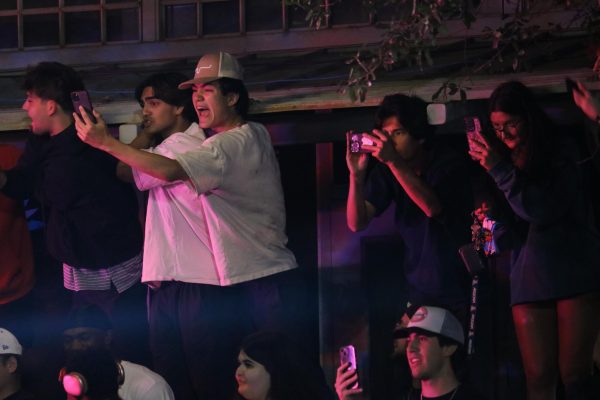
Despite Robbins’ assurance that a plan was made to protect everyone involved, Robbins’ said that law enforcement eventually had “little choice” but to intensify its actions to break up the gathering. These actions included “the wearing of tactical safety gear and a minimal use of pepper balls and rubber bullets to disperse the crowd and to protect themselves and others while clearing the area.”
Robbins said that UA officials were “not aware of any significant injuries to students, faculty, staff, protestors, or members of law enforcement.” However, student organizer Harlow Parkin told a crowd of assembled students outside the UA Administration building Wednesday morning that he had been struck in the head with a rubber bullet. Video from Wednesday morning also shows a protester being “violently slammed and restrained.”
A group of students, enraged at the university’s response to the pro-Palestinian protest and encampment that resulted in many students facing tear gas and rubber bullets, gathered outside the UA Administration building 11 a.m. May 1, less than nine hours after the encampment was torn down.
Chants of “From the river to the sea, Palestine will be free,” “Robbins, Robbins you can’t hide, we charge you with genocide” were among those that protestors shouted towards the Administration building.
Students reiterated that demonstrations and action would not stop until the university complied with their demands, some of which include stating solidarity with the Palestinian people, divesting from all companies “profiting from the occupation of Palestine,” dismissing certain members of the Dean’s Advisory Board in the College of Engineering and stopping its repression of student organizations.
Divestment from Raytheon, the second biggest weapons manufacturer in the world and an employer of over 12,000 Tucsonans, was a key demand repeated during the Wednesday demonstration.
While the policies emphasized by Robbins may impact some aspects of these demonstrations, the student leaders of the pro-Palestine movement on the UA campus remained committed to fighting for the cause of Palestinian liberation and holding the university accountable.
Arizona Sonoran News is a news service of the University of Arizona.
Follow the Daily Wildcat on Instagram and Twitter/X



